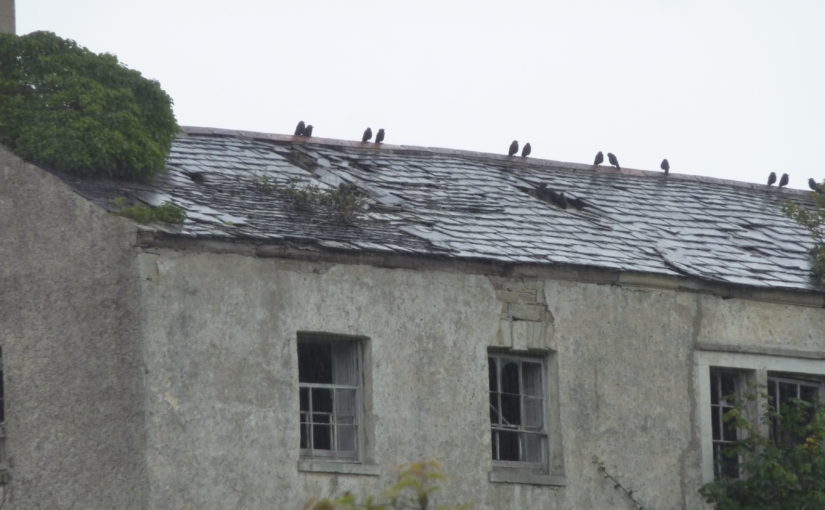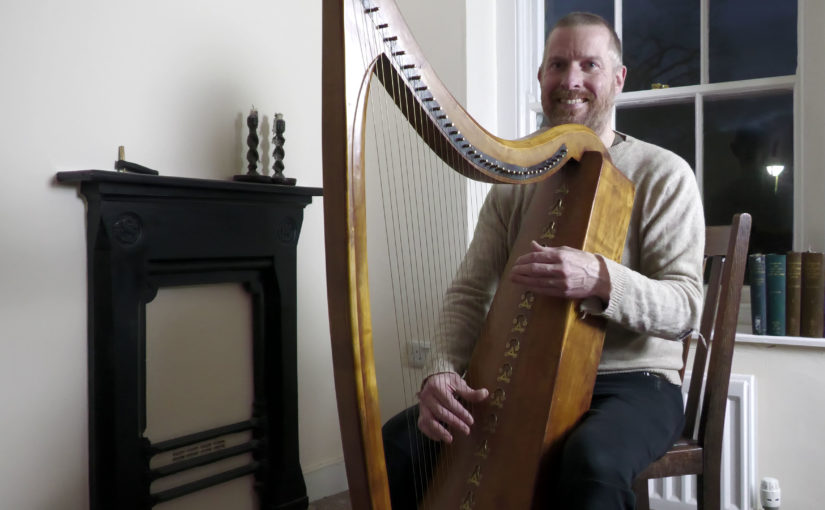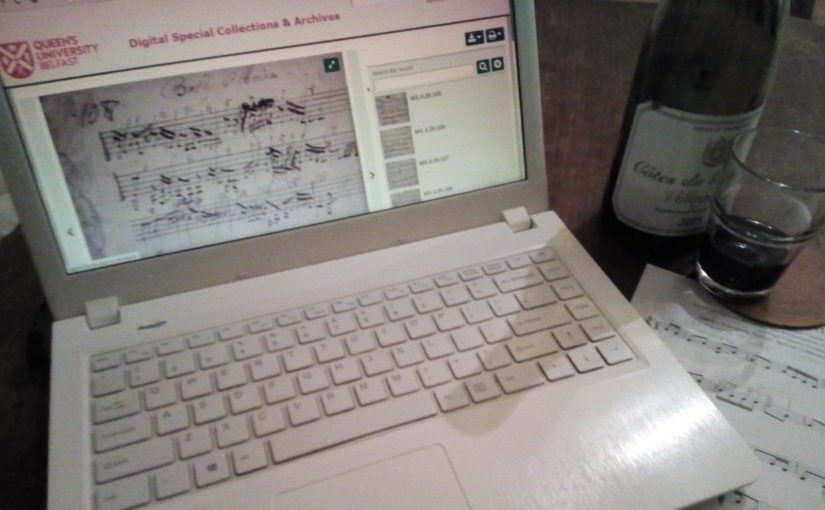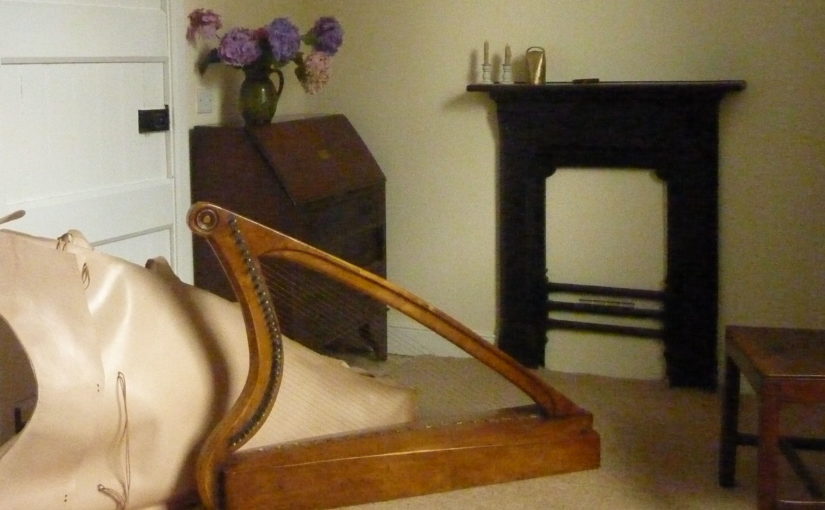In Edward Bunting’s notebooks from the 1790s, there is what looks like a live harp transcription version of the Carolan tune, Madge Malone (DOSC 98).
The transcription is on Queen’s University Belfast, Special Collections, MS4.29 page 234/232/241/f115v. It shows what seems to be a dots transcription expanded out with note stems and beams. Then Bunting has made a neat copy based on and derived from the transcription, on the facing page 235/233/242/f116r.
This is a lovely tune, and this transcription has lots of interesting harp idiom in it. But, it is the only source for the tune of Madge Malone as far as I am aware. Because we have three consecutive versions (the transcription, the neat copy, and the published piano arrangement), we can use the changes from one to the next to understand Edward Bunting’s working method, starting from him listening to a live performance by an old Irish harp tradition-bearer, and finishing with a very pianistic classical arrangement intended for wealthy piano amateurs.
Continue reading Madge Malone









